
Machine learning algorithm brings long-read sequencing to the clinic
SAVANA is a new tool designed for accurate detection of structural variations in clinical samples.
SCIENCE & TECHNOLOGY2025
research-highlightsscience-technology
Showing results out of

SAVANA is a new tool designed for accurate detection of structural variations in clinical samples.
SCIENCE & TECHNOLOGY2025
research-highlightsscience-technology

New EMBL-EBI project explores the use of a concept developed in aerospace engineering to support rare disease research, diagnosis, and treatment.
PEOPLE & PERSPECTIVES2025
people-perspectivestechnology-and-innovation

African scientists awarded the 2024 EMBL-UNESCO residencies share their experience in bioinformatics and virology, emphasising the power of connections and knowledge exchange.
CONNECTIONSPEOPLE & PERSPECTIVES2025
connectionspeople-perspectives

Francesco talks about his work in protein science, fascination for protein design, and how he's finding the EMBL International PhD programme.
PEOPLE & PERSPECTIVES2025
people-perspectivesperspectives
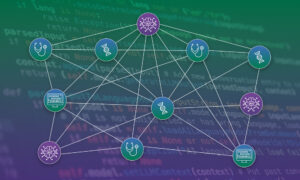
Introducing an open-source large language model (LLM) framework designed for custom biomedical research.
SCIENCE & TECHNOLOGY2025
research-highlightsscience-technology

Study identifies a novel mechanism driving osteosarcoma and provides insights to help predict patient outcomes.
SCIENCE & TECHNOLOGY2025
research-highlightsscience-technology
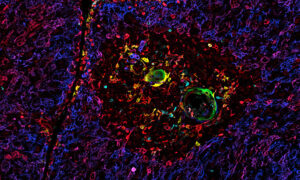
The most comprehensive map of the developing human thymus sheds light on how immune responses are built and maintained during early life
2024
announcements

Researchers uncover that DNA changes that cause cancer drug resistance can be grouped into four categories, and identify possible new therapeutic targets.
2024
announcements

EMBL-EBI Postdoctoral researcher Iguaracy Pinheiro de Sousa is using bioinformatics to support the development of better organoids.
PEOPLE & PERSPECTIVES2024
people-perspectivesperspectives

Using machine learning to analyse the genetic factors behind early clinical trial termination, researchers find a link between genetic evidence and trial outcome.
SCIENCE & TECHNOLOGY2024
research-highlightsscience-technology

Large-scale study uses data from Danish health registries to predict individual risks of developing cancer
SCIENCE & TECHNOLOGY2024
research-highlightsscience-technology

New study uncovers the potential of immunotherapy in preventing breast cancer and creates the openly available Human Breast Cell Atlas.
SCIENCE & TECHNOLOGY2024
research-highlightssciencescience-technology
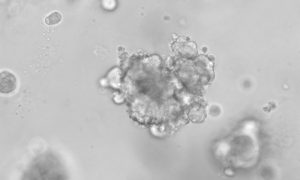
A new organoid model mimics the behaviour of neuroendocrine tumours (NETs), providing a novel and invaluable tool to study the disease in the lab.
SCIENCE & TECHNOLOGY2023
sciencescience-technology
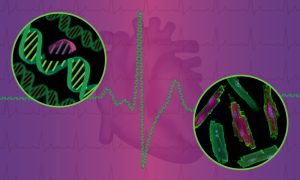
EMBL researchers have made new strides into understanding and reversing genetic defects that underlie familial heart disease.
SCIENCE & TECHNOLOGY2023
sciencescience-technology

EMBL researchers used data from over 300 human faecal microbiota transplants to gain an ecological understanding of what happens when two gut microbiomes clash.
SCIENCE & TECHNOLOGY2022
sciencescience-technology
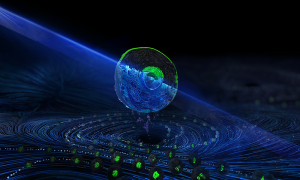
EMBL researchers, in collaboration with BD Biosciences, have demonstrated a new technology that allows rapid image-based sorting of cells. The new technology represents a major upgrade to flow cytometry and has applications in diverse life science fields.
SCIENCE & TECHNOLOGY2022
sciencescience-technology
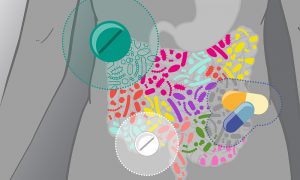
Researchers studying a massive cohort of European patients have found that commonly prescribed drugs for cardiometabolic disorders can have long-term effects on the gut microbiome. Such effects can complicate the understanding of how disease affects the microbiome and must be taken into…
SCIENCE & TECHNOLOGY2021
sciencescience-technology
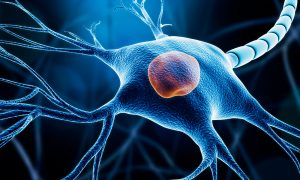
Scientists at EMBL Heidelberg have investigated stem cells and how they differentiate to become neurons. Their approach included an assessment of the complex interplay of molecules during the differentiation process and generated fundamental new insights into the role of a protein called Sox2 in…
SCIENCE & TECHNOLOGY2020
sciencescience-technology
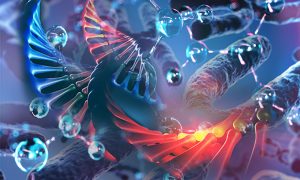
A study conducted by the Hackett group at EMBL Rome has identified key factors controlling the complex system of gene regulation during early embryo development, shedding new light on the mechanisms behind these events and on their evolutionary implications. Their findings are published in Nature…
SCIENCE & TECHNOLOGY2020
sciencescience-technology
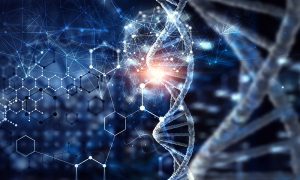
Scientists at EMBL Rome unveil the mechanism behind the most studied epigenetic modification.
SCIENCE & TECHNOLOGY2020
sciencescience-technology
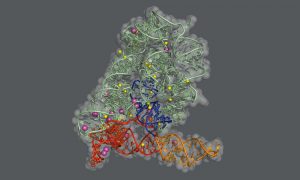
Researchers in the Marcia group at EMBL Grenoble and the De Vivo lab at the Italian Institute of Technology in Genoa have obtained some of the most detailed ever snapshots of the splicing process in systems known as group II self-splicing introns. The new insights will help scientists to develop…
SCIENCE & TECHNOLOGY2020
sciencescience-technology
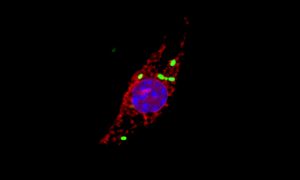
Scientists including members of EMBL’s Typas group have investigated how immune cells called macrophages respond to infection by the intracellular pathogen Salmonella enterica. They discovered that Salmonella causes newly produced cathepsins to accumulate in the nuclei of infected cells to…
SCIENCE & TECHNOLOGY2020
sciencescience-technology
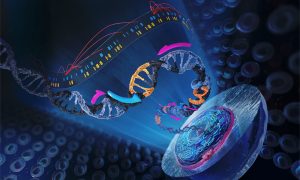
Scientists at EMBL Heidelberg have developed a new method, called Targeted Perturb-seq (TAP-seq), which increases the scale and precision of functional genomics CRISPR–Cas9 screens by orders of magnitude. Their method overcomes limitations in previous applications of single-cell RNA sequencing,…
SCIENCE & TECHNOLOGY2020
sciencescience-technology
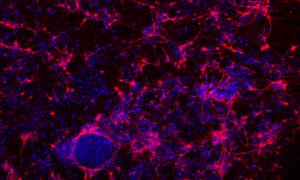
EMBL researchers investigate the role of a histone protein in regulating gene expression
SCIENCE & TECHNOLOGY2020
sciencescience-technology
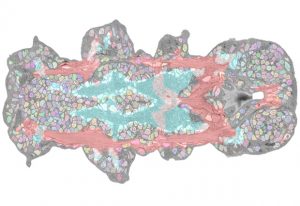
EMBL researchers combine multiple datasets to develop expandable atlas of an entire animal
SCIENCE & TECHNOLOGY2020
sciencescience-technology
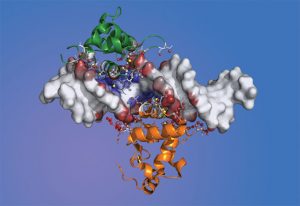
EMBL researchers have developed a method to observe interactions between transcription factors
SCIENCE & TECHNOLOGY2020
sciencescience-technology
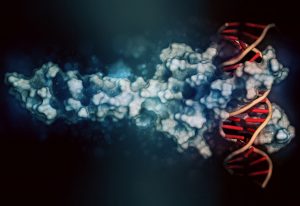
The software diffTF quantifies activity of transcription factors and predicts their mode of action
SCIENCE & TECHNOLOGY2019
sciencescience-technology
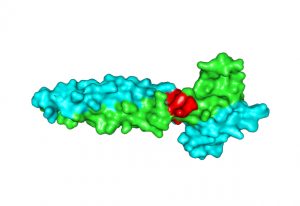
A new paper describes a unique mechanism of partner selectivity in transcription factors.
SCIENCE & TECHNOLOGY2019
sciencescience-technology
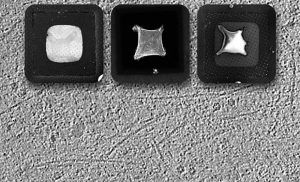
A new technique in cryo-EM
SCIENCE & TECHNOLOGY2019
sciencescience-technology
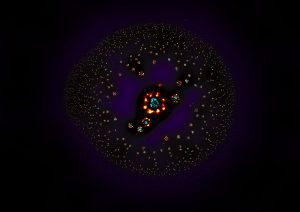
EMBL researchers have published two new studies involving the nuclear pore complex
SCIENCE & TECHNOLOGY2019
sciencescience-technology
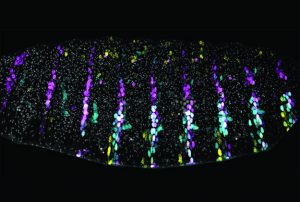
Enhancers in Drosophila embryos gather together to preserve phenotypes under stressful conditions
SCIENCE & TECHNOLOGY2019
sciencescience-technology
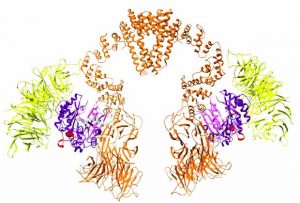
Using cryo-EM, scientists have determined the structure of a large protein complex called Elongator.
SCIENCE & TECHNOLOGY2019
sciencescience-technology
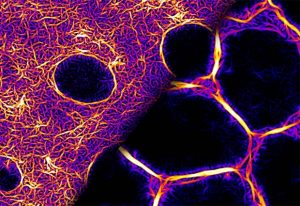
New insights into mechanisms behind embryonic development
SCIENCE & TECHNOLOGY2019
sciencescience-technology
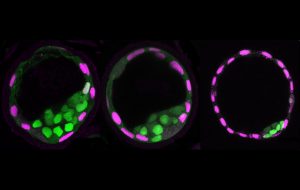
Uncovering new role of fluid pressure in controlling embryo size and cell fate
SCIENCE & TECHNOLOGY2019
sciencescience-technology
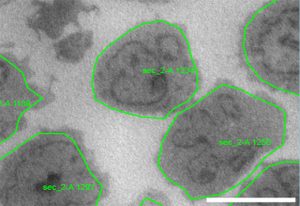
Scientists develop software tools for automated acquisition of electron microscopy data
SCIENCE & TECHNOLOGY2019
sciencescience-technology

Results from the Tara Oceans expedition reveal the Arctic Ocean as a cradle of viral biodiversity
SCIENCE & TECHNOLOGY2019
sciencescience-technology
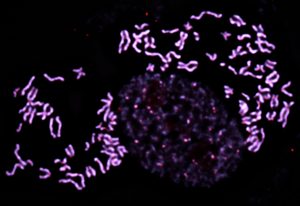
Thorough characterisation of structural variants in human genomes
SCIENCE & TECHNOLOGY2019
sciencescience-technology

Scientists develop technology to measure how ATP concentration affects protein solubility in cells
SCIENCE & TECHNOLOGY2019
sciencescience-technology
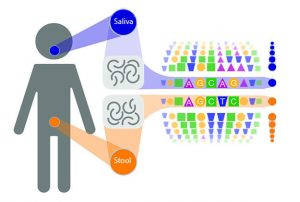
Many microbes traverse the oral-gut barrier
SCIENCE & TECHNOLOGY2019
sciencescience-technology

EMBL scientists identify RNA regulating protein behaviour in switch of normal roles
SCIENCE & TECHNOLOGY2019
sciencescience-technology
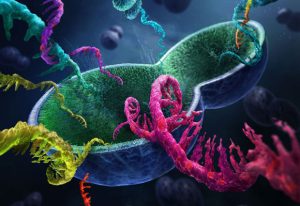
Scientists develop high-throughput yeast single-cell RNA sequencing method
SCIENCE & TECHNOLOGY2019
sciencescience-technology
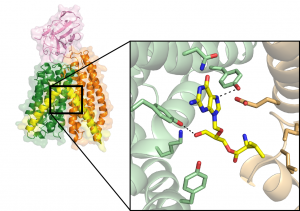
Scientists develop structural model that could help in the development of drugs with increased absorption rates
SCIENCE & TECHNOLOGY2019
sciencescience-technology
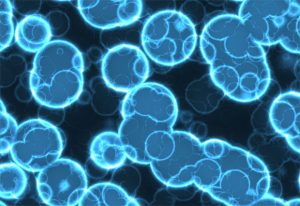
Researchers develop new method to analyse the entire protein-RNA network of the cell
SCIENCE & TECHNOLOGY2018
sciencescience-technology
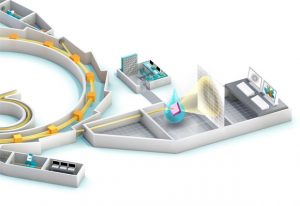
Speeding up time-resolved X-ray crystallography with EMBL beamline P14
SCIENCE & TECHNOLOGY2018
sciencescience-technology
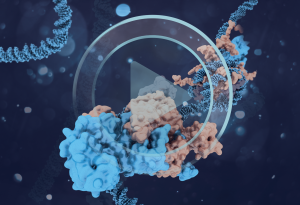
EMBL scientists gain mechanistic insights into how cellular signalling controls gene regulation
SCIENCE & TECHNOLOGY2018
sciencescience-technology
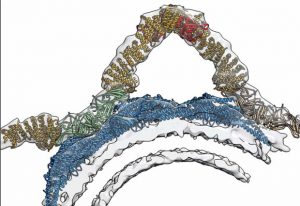
Retromer’s 3D structure improves understanding of cellular sorting and packaging
SCIENCE & TECHNOLOGY2018
sciencescience-technology
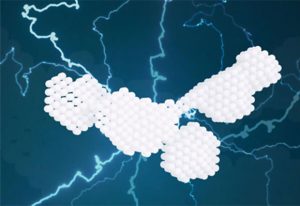
X-ray experiments show that scaffolding protein PDZK1 has a L-shaped conformation
SCIENCE & TECHNOLOGY2018
sciencescience-technology
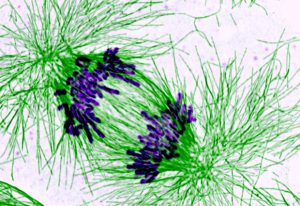
EMBL scientists discover how a component of the cohesin ring binds DNA
SCIENCE & TECHNOLOGY2018
sciencescience-technology
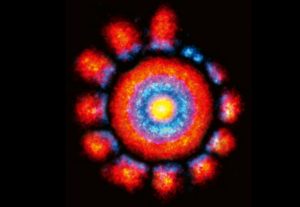
EMBL researchers visualise the proteins needed to capture molecules and bring them into a cell
SCIENCE & TECHNOLOGY2018
sciencescience-technology
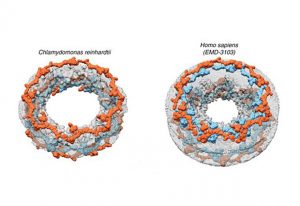
EMBL scientists reveal NPC architecture of algae
SCIENCE & TECHNOLOGY2018
sciencescience-technology
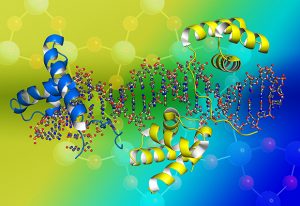
EMBL researchers develop method that simplifies the isolation of DNA- and RNA- protein complexes
SCIENCE & TECHNOLOGY2018
sciencescience-technology
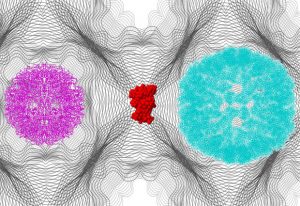
Scientists at EMBL Hamburg determine shapes of intermediate states in dynamic biological systems
SCIENCE & TECHNOLOGY2018
sciencescience-technology
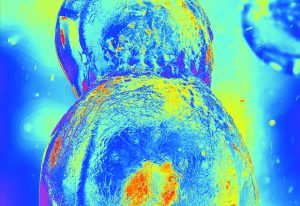
EMBL scientists uncover large solubility and thermal stability changes of proteins during the cell cycle
SCIENCE & TECHNOLOGY2018
sciencescience-technology
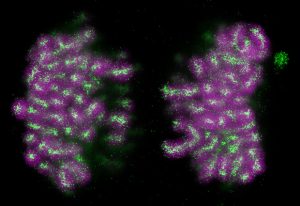
EMBL scientists count and locate chromosomal proteins during cell duplication
SCIENCE & TECHNOLOGY2018
sciencescience-technology
New technique offers insight into early cell life
SCIENCE & TECHNOLOGY2018
sciencescience-technology
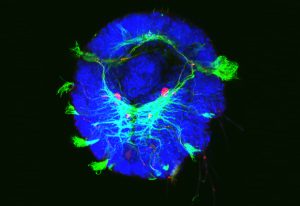
EMBL scientists discover how a molecule’s role changes from simple metabolite to instructive signal
SCIENCE & TECHNOLOGY2018
sciencescience-technology

A look back at some of the most read stories on EMBL’s news website this year
LAB MATTERS2017
lab-matters
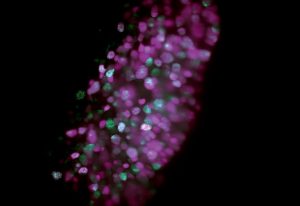
A summary of recent research highlights from EMBL
SCIENCE & TECHNOLOGY2017
sciencescience-technology
No results found